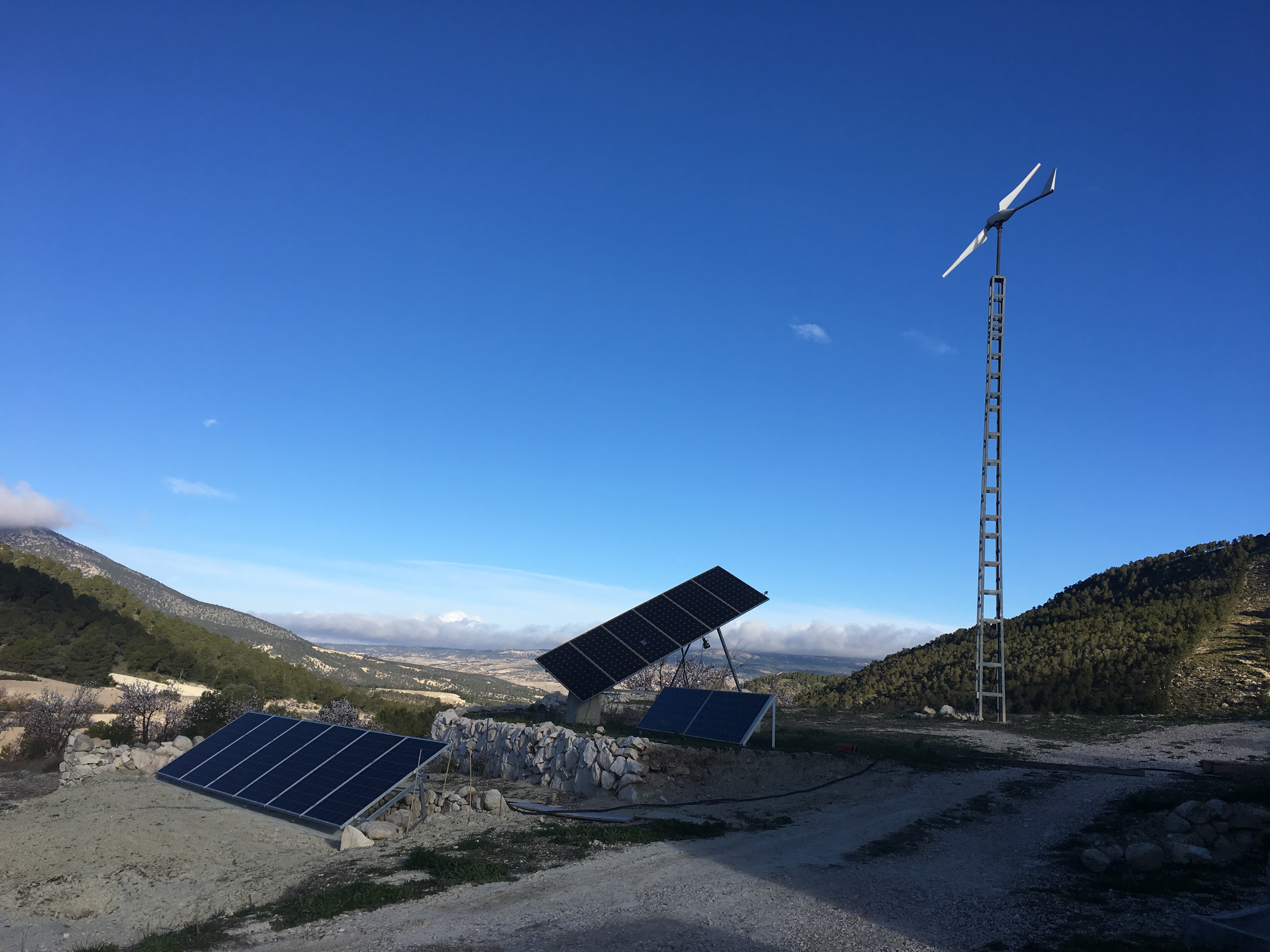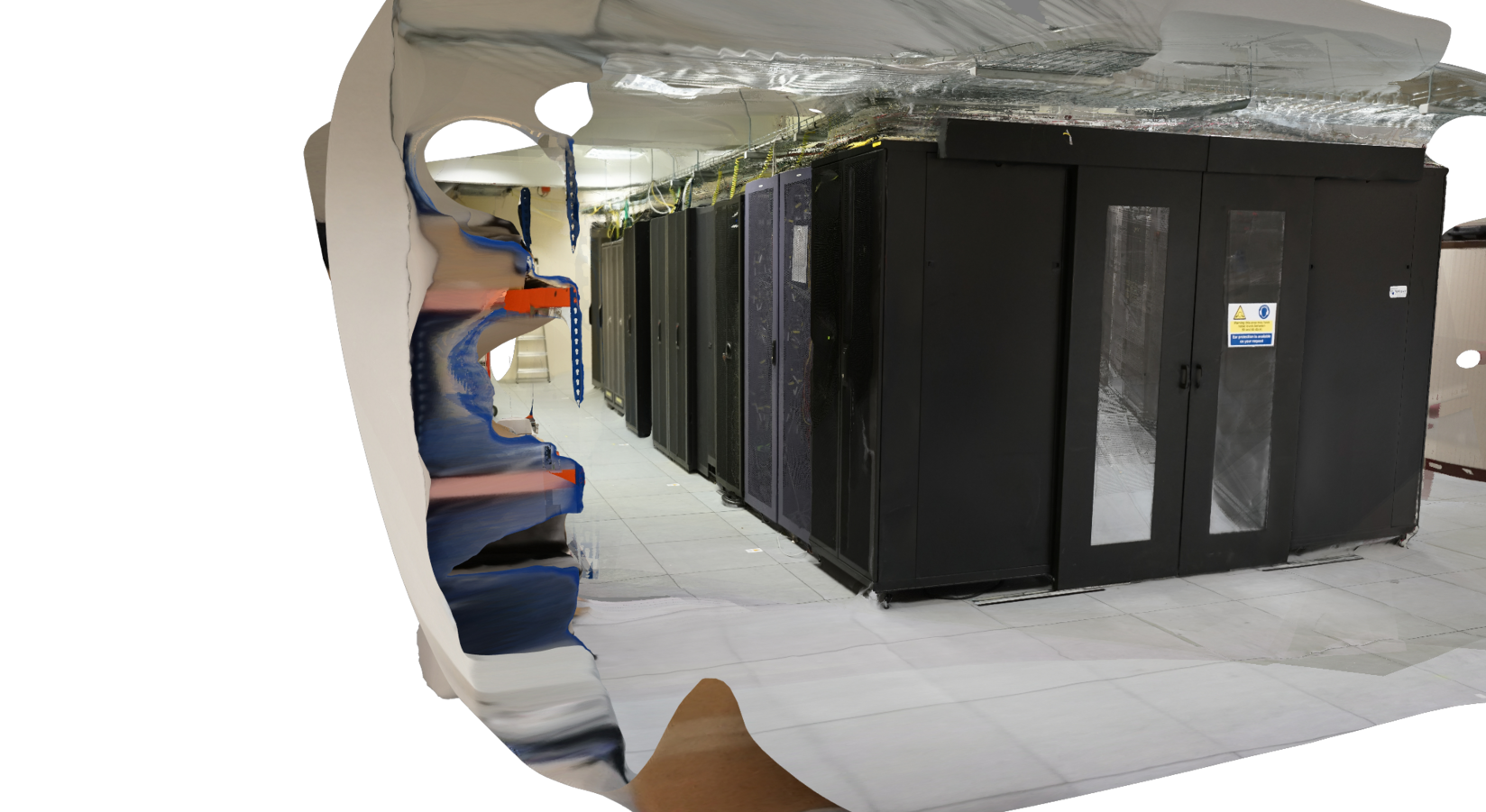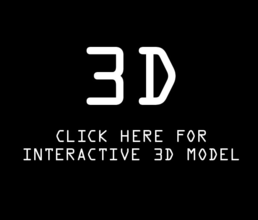16th March
After previous unsuccessful attempts to upload images to the cloud, I tried a different tactic. The satellite internet connection at JOYA struggled to cope with the recent trend in ubiquitous computing, in which all iPhone photography is automatically uploaded to the iCloud as soon as it is connected to the internet. Instead, I connected my phone directly to a laptop and uploaded images through the photogrammetry software. The technology was still an issue, as Autodesk ReCap’s cloud-based processing (the functionality of the software which uses a high processing function of server farms) relies upon the transfer of images through the satellite internet in order to process 3D models. As the software assembled the models, a progress bar would state ‘8%’ or ‘queued’ or get stuck at a certain percentage of upload and then ‘timeout’. Images would get lost, glitched, or omitted at this stage, thus not informing the 3D model. At JOYA, the images became intrinsically linked with the environment. The satellite internet was powered by the wind turbine and solar panels. A pivoting turbine at the top of a scaffolding tower located at the rear paddock stood high above the roof of the farmhouse. Next to it were two reflective panels, pitched diagonally at an angle in order to face them roughly towards the east. The energy produced from these were stored in 24 battery cells located next to the kitchen. The two-dozen Tudor EAN 70T batteries stored enough energy for the modem and transmitter connected to the satellite dish.
The same energies that disrupted images and changed the weather and lighting conditions, also powered the images and transferred their data — an embodiment of the natural materiality of the area upholding the digital processes that it is hostile to. In this way, my time spent at JOYA became an exploration of the capacity of natural energies to become glitch agencies. The transient, unseen and temporal forces that shape the landscape also have a powerful effect on the image. Rather than finding methods to obscure these influences on technology, the research is intrigued by methods in which the natural and technological impact each other.
3D MODEL LINKS
BIBLIOGRAPHY
Autodesk, How to Capture Using 123DCatch (2016) < http://www.autodesk.com> [accessed: 5 Sep 2018]
Bolter, D and Grusin, R. Remediation: Understanding New Media (Cambridge, Mass: MIT Press, 1999)
Caine, A. Granular Realism/Ontology and Counter-Dominant Practices of Spatial Photography (unpublished PhD Thesis, Goldsmiths College, University of London. 2019)
Debord, G. "Theory of the Dérive," Les Lèvres Nues #9 (November 1956) reprinted in Internationale Situationniste #2 (December 1958) trans. by Ken Knabb, (Berkeley, CA: Bureau of Public Secrets, 1981) ><https://www.cddc.vt.edu/sionline/si/theory.html> [accessed 3 Jun 2020]
Forensic Architecture, Chemical Attack in Khan Sheikhoun, video, photography, photogrammetry, (2017) <https://forensic-architecture.org/investigation/chemical-attack-in-khan-sheikhoun> [accessed 3 Jun 2020]
Forensic Architecture, Killing in Ummal Hiran, video, photography, 3D modelling, (2018a) <https://forensic-architecture.org/investigation/killing-in-umm-al-hiran> [accessed 3 Jun 2020]
Forensic Architecture, The Destruction of Yazidi Cultural Heritage, video, photography, (2018b) <https://forensic-architecture.org/investigation/the-destruction-of-yazidi-cultural-heritage> [accessed 3 Jun 2020]
Forensic Architecture (eds.), Forensis: The Architecture of Public Truth (Berlin: Sternberg Press, 2014)
Hertz, G and Parikka, J. "Zombie Media: Circuit Bending Media Archaeology into an Art Method," Leonardo 45:5 (2012) pp. 424–30.
Huhtamo, E. "Thinkering with Media: On the Art of Paul DeMarinis," in Paul DeMarinis: Buried in Noise (Heidelberg: Kehrer, 2010) pp. 33–39.
Lyotard, J. The Postmodern Condition: A Report on Knowledge, (Repr. Manchester: Manchester University Press, 2005)
Mako Hill, B. "Revealing Errors," in Nunes, M. (ed.) Error: Glitch, Noise, and Jam in New Media Cultures, (New York: Continuum, 2011)
Menkman, R. The Glitch Moment(Um) (Amsterdam: Institute of Network Cultures, 2011)
Prior, A. "Glitching Paralogy," APRJA 2:1 (2013) pp. 105-110
Rourke, D. and Allahyari, M. The 3D Additivist Cookbook (2015) <http://archive.org/download/The3DAdditivistCookbook/The_3D_Additivist_Cookbook.pdf> [accessed 3 Jun 2020]
Shannon. C, "A Mathematical Theory of Communication." Bell System Technical Journal, 27 (1948) pp. 379–423.
Steyerl, H. "In Defence of the Poor Image," e-flux #10:1 (2009) <https://www.e-flux.com/journal/10/61362/in-defense-of-the-poor-image/> [accessed 24 Feb 2020]
Steyerl, H. "Transformation as Translation," EIPCP (2012a) <http://eipcp.net/projects/heterolingual/files/artproject.html> [accessed 30 Mar 2020]
Steyerl, H. "Ripping Reality: Blind Spots and Wrecked Data in 3D," EIPCP (2012b) <http://eipcp.net/e/projects/heterolingual/files/hitosteyerl/> [accessed 2 Mar 2017]
Local Area Network. 2019.
These experiments and realisations have led to the development of work concerned with network objects and their intrinsic link to the image. In a later project, network objects such as data centres, cell masts, cables, routers, and transmitters were all captures in the local vicinity of the Glass Tank gallery, created for the exhibition ‘Local Area Network’ in 2019. Viewers experiencing the works through AR would need to connect to the same network devices imaged in order to access the images on their phones.
The network objects provide affordances for glitches in their homogeneity, with normally plain or repeated devices huddled together like the servers with their data centre racks. There are visually logistical affordances, too. The objects are often concealed, hidden, or truncated, which makes them hard to capture. Their visibility is purposefully obscured and the glitched nature of the images reflects that.



